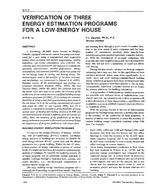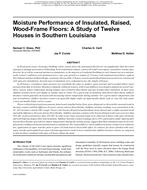High-quality occupancy data is the key input parameter for building energy simulations and has a big impact on the precision and accuracy of building energy model performance. However, current approaches to get such data through the occupancy detection technology require either implementations of large-scale sensors network or sophisticated and time-consuming computational algorithms, which strongly limits the application of real-time occupancy data for building energy simulation. This paper presents an investigation of whether and how mobile-internet-based positioning data can benefit building energy simulation. This paper first briefly summarizes the pros and cons of several mainstream occupancy detection methods. Then, the principles of the proposed mobile-internet-based occupant detection method are introduced. An initial energy performance model of a complex building in Shanghai, China with a whole building simulation software is used as a case study to demonstrate the effectiveness of the proposed method. An initial calibration is conducted using the history data from the building automation system, followed by two parallel further calibration approaches. The first approach is conducted with a traditional calibration method (i.e., trial-and-error based method) and the second one uses the mobile-internet-based occupancy data. The simulation results show that using mobile-internet based occupancy data can help improve the building model prediction accuracy and simplify the calibration process compared with traditional trial-and-error approaches.
Citation: 2018 Annual Conference, Houston, TX, Conference Papers
Product Details
- Published:
- 2018
- Number of Pages:
- 10
- Units of Measure:
- Dual
- File Size:
- 1 file , 2.1 MB
- Product Code(s):
- D-HO-18-C014


